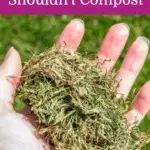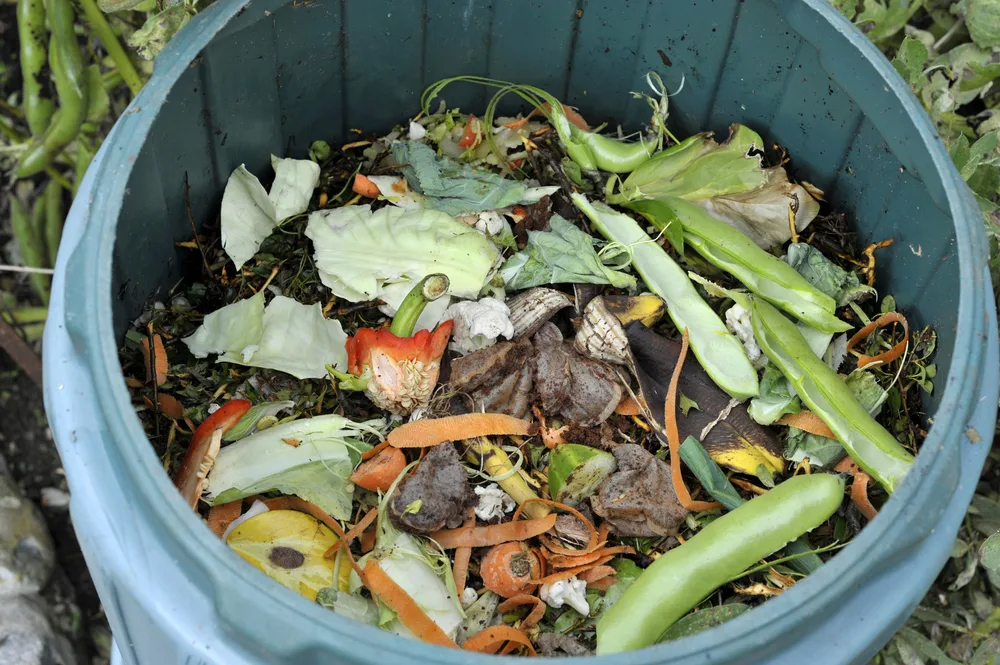
Turning food scraps, yard waste, and other organic materials into free fertilizer is one of the best things you can do to elevate your gardening game.
Not only does composting divert a good sum of waste away from landfills, it replenishes the earth with vital nutrients that help plants grow.
The home abounds in suitable feedstock for the compost heap, and there are more than 100 things you can and should toss in your pile.
While technically anything of organic origin can be composted, some items become more of a hassle in the pile than they’re worth.
Avoid a stinky pile, rummaging varmints, and contaminating your heap by keeping these 13 things out of the compost.
1. Weeds
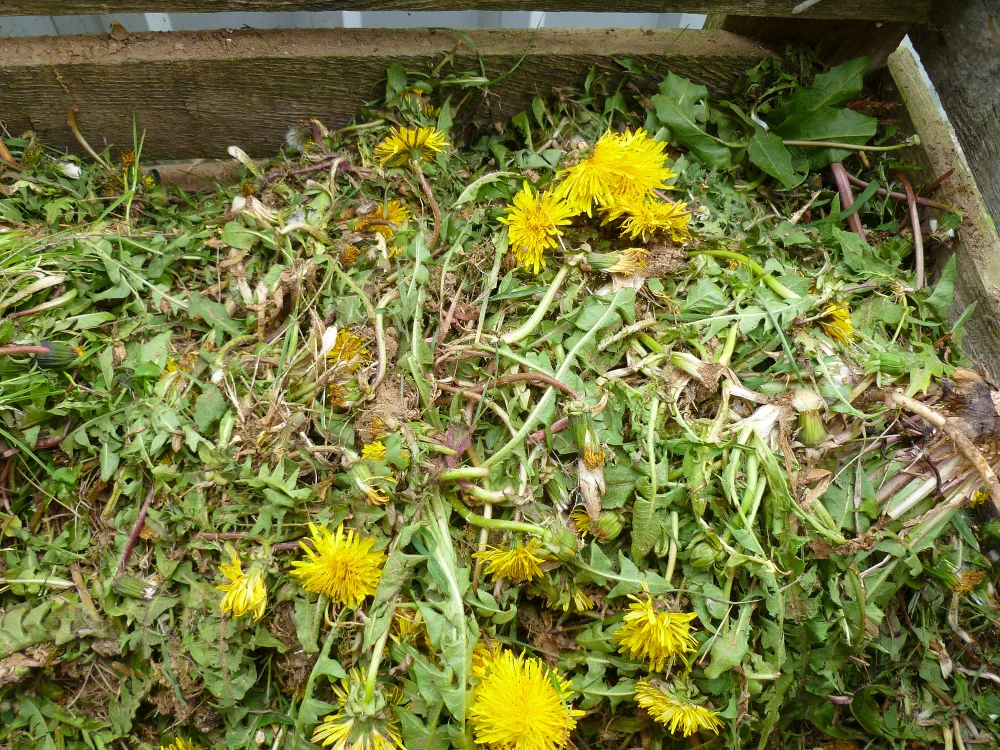
It may be tempting to dump weeds and other unwanted plants into the bin after cleaning up the garden in spring.
But placing weeds in the heap now could mean they’ll be popping back up in the finished compost later, once you’ve already spread it in your garden.
Unless your pile gets consistently hot – reaching a minimum of 140°F for at least two weeks – weed seeds will survive to sprout another day.
And some invasive plants, such as Japanese knotweed, need only an inch of stem to regrow.
Best to leave them out, especially weeds that have already begun to flower.
2. Diseased Plants
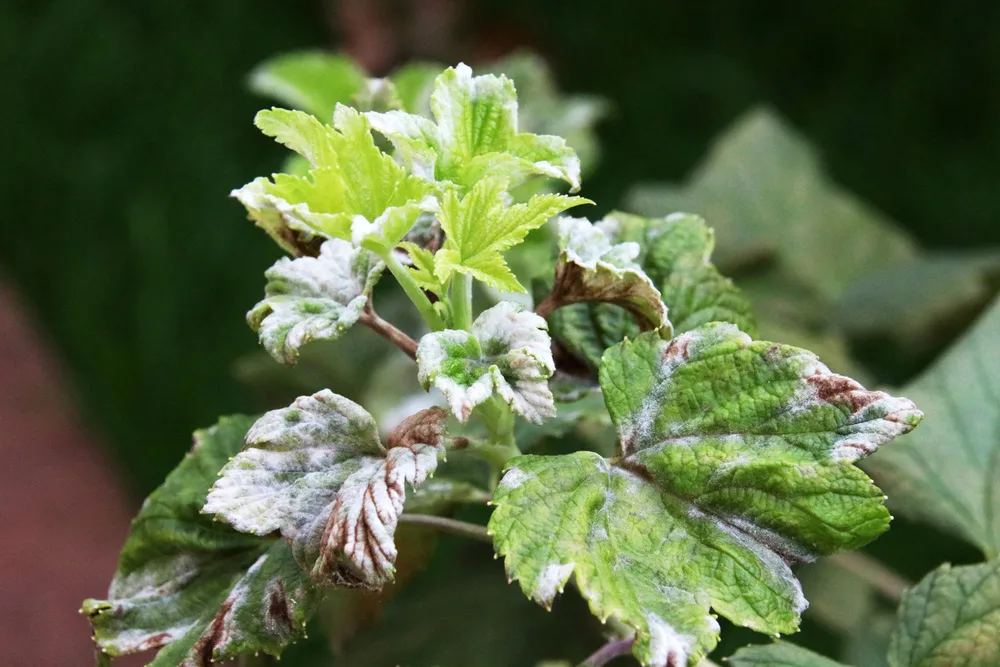
Powdery mildew, black spot, damping off, rust, verticillium wilt, mosaic virus, and other plant pathogens can survive the composting process to infect new plants the following season.
Like weeds, diseased plant matter in the compost requires high temperatures to destroy the bacteria, fungi, viruses, and parasites completely.
And even then, all pathogens might not be fully eradicated.
Better to play it safe and keep it out of the heap.
3. Black Walnut
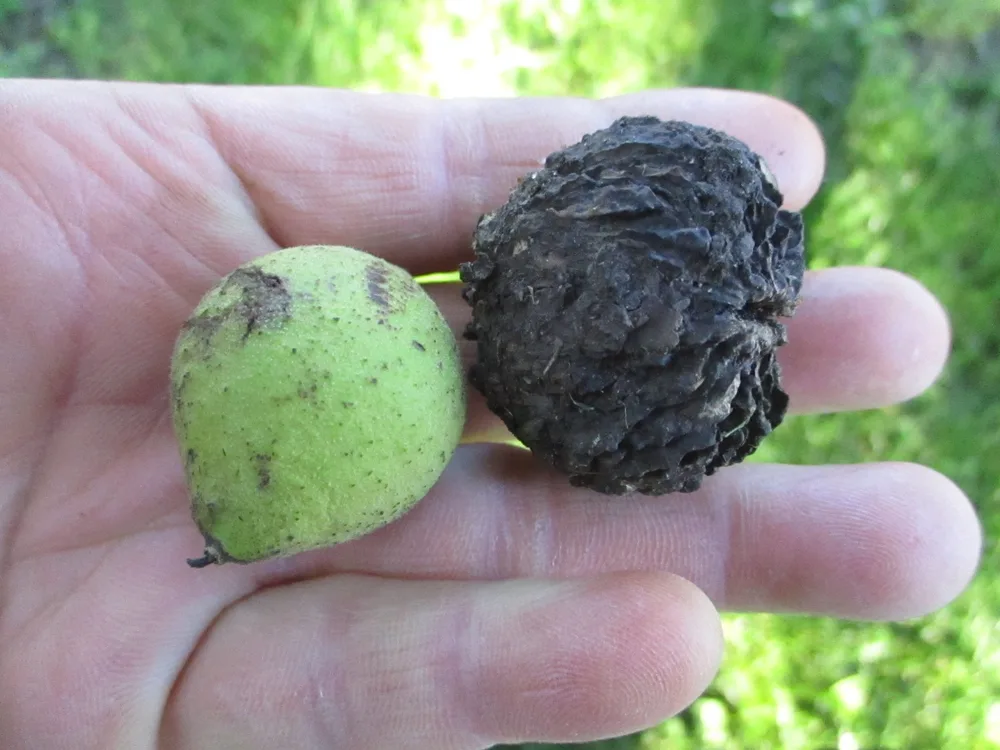
All parts of the black walnut tree (Juglans nigra), including branches, leaves, roots, bark, nuts, and husks, contain an organic compound called jugalone.
The production of jugalone is an evolutionary trait of the black walnut tree, giving it a sizeable advantage over other nearby plants. Acting as a poison, jugalone stunts growth of root systems, inhibits metabolic enzymes, and interferes with photosynthesis.
Apple, asparagus, pepper, tomato, berries, and potatoes are some of the plants particularly sensitive to jugalone.
Even if a black walnut tree is removed from the landscape, jugalone will remain in the soil for several years.
Keep all parts of the black walnut tree out of your compost heap to avoid contaminating it with jugalone chemicals.
Or, create a separate compost pile for black walnut and only use the finished compost on jugalone tolerant plants.
4. Treated Grass Clippings
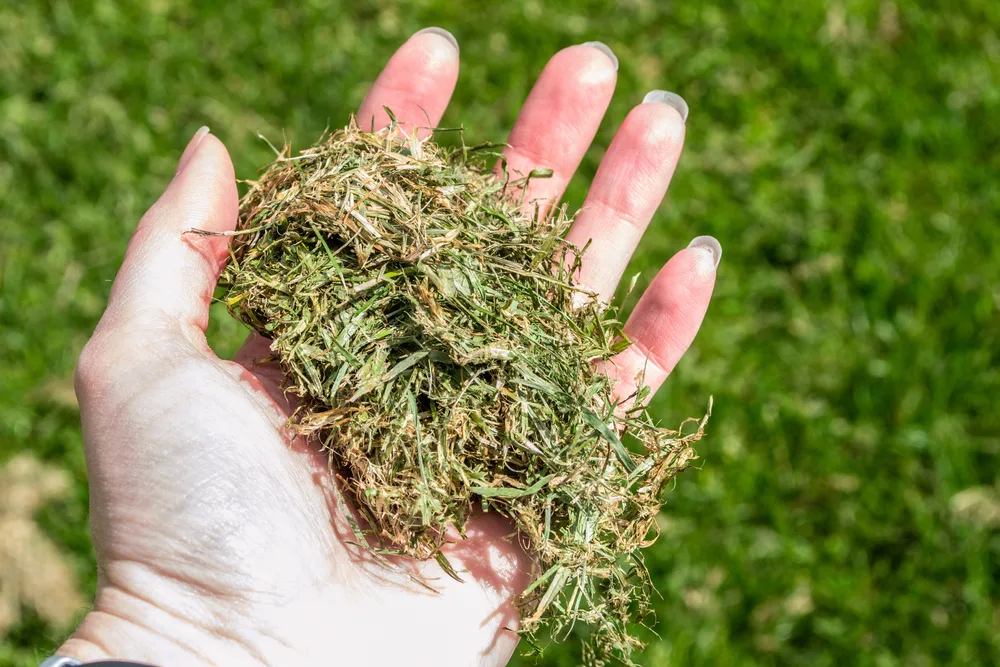
Natural, untreated grass clippings are great additions to the heap, providing nitrogen (when fresh) or carbon (when dry).
Never add grass clippings to the compost if they have been treated with pesticides, herbicides, and other chemicals.
Treated grass impedes the composting process by harming the microbes in the pile.
Worse still, it could introduce toxins into your food stream when you use the finished compost on edible plants.
5. Glossy Paper Products

Magazines, catalogs, junk mail, newsprint, flyers, food packaging, and business cards with a glossy surface should be kept out of the compost.
These materials are brushed with a special coating to create a smooth surface with sheen. The coating is usually made from clay minerals, but may also include synthetic additives like polyethylene.
Glossy goods added to the pile won’t break down properly and could leach plastic chemicals into your finished compost.
When in doubt, recycle the glossy stuff and select only plain paper goods to add to the heap.
6. Cat and Dog Poop
The manure from herbivores – such as chickens, rabbits, cows, and hamsters – are excellent sources of nitrogen and are perfectly good additions to the pile.
The poop from carnivorous animals and pets, however, should be strictly kept away.
The feces from meat eaters and omnivores can contain dangerous pathogens and parasites that are not eliminated through the composting process. These become a health hazard by contaminating your crops when the finished compost is applied around food bearing plants.
Always keep dog and cat waste out of the general compost heap.
If you are keen to dispose of this free and renewable resource without using the landfill, pet waste can be composted when it is kept in a dedicated pile far away from the vegetable patch. Once it’s completely degraded, it can only be used around non-edible trees, shrubs, and plants.
7. Cooking Oils
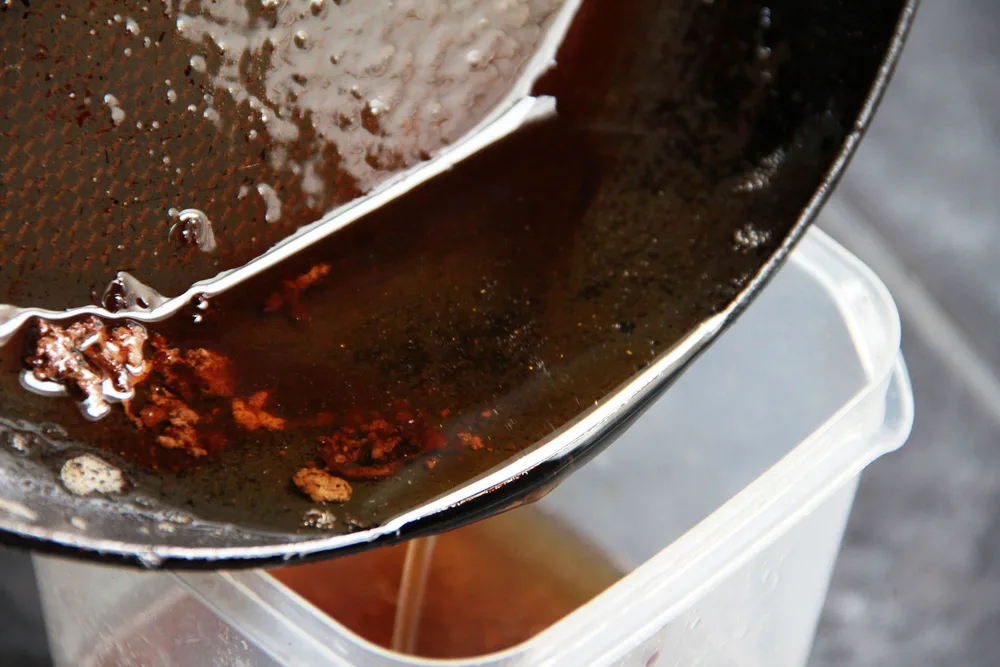
Cooking oils, fat, and grease should not be added to the heap.
Waste oils carry the potential for attracting rodents to an uncovered compost pile. And they also happen to interfere with the composting process itself.
Dumping large quantities of oil creates a water-resistant barrier around the carbon and nitrogen materials within the heap, which prevents water absorption and reduces airflow.
Moisture and oxygen are essential to the microorganisms that break it all down, so saturating your pile in cooking oils will only serve to slow or stop the microbial activity.
That said, you can compost vegetable oil in very small quantities. A small spill or the leftover oil from sautéing vegetables should be sopped up with paper towel or newspaper first before tossing it in.
8. Meat
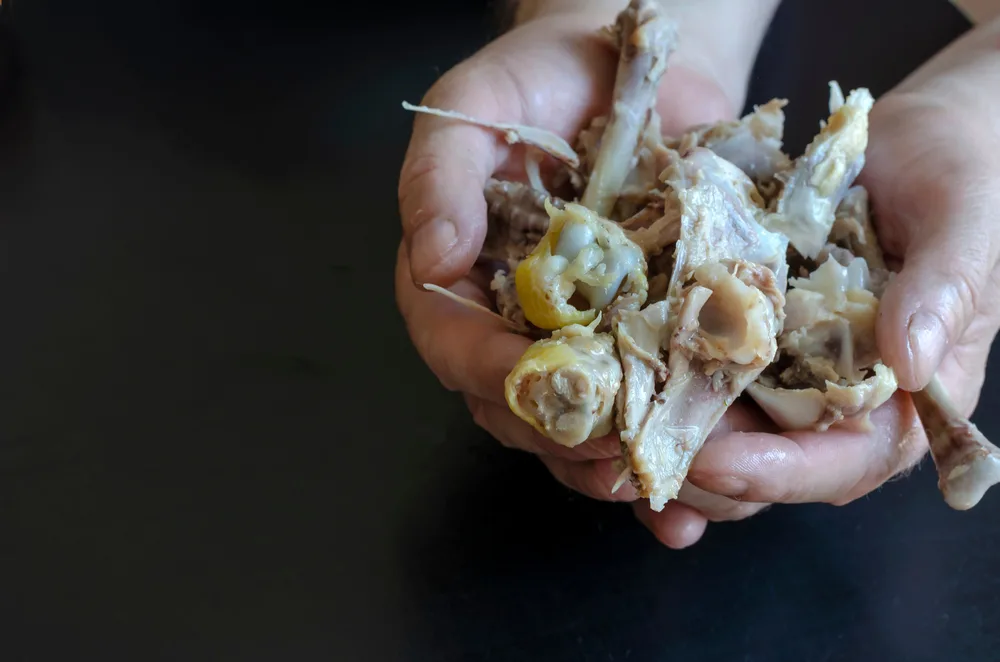
Whether cooked or raw, meat and fish are liable to attract scavenging critters to your pile as it begins to decompose. The smell of rotting flesh can be pretty offensive, too.
Although meat is organic and will add valuable nutrients to the heap, novice composters might want to avoid tossing these in.
If you’re dead set on adding small amounts of meat scraps, bury them deeply within the pile and top with plenty of carbon materials to prevent odors in open heaps.
You can also thwart scavengers by using a compost bin with a tightly fitting lid or by using a completely contained system like bokashi.
9. Dairy Products
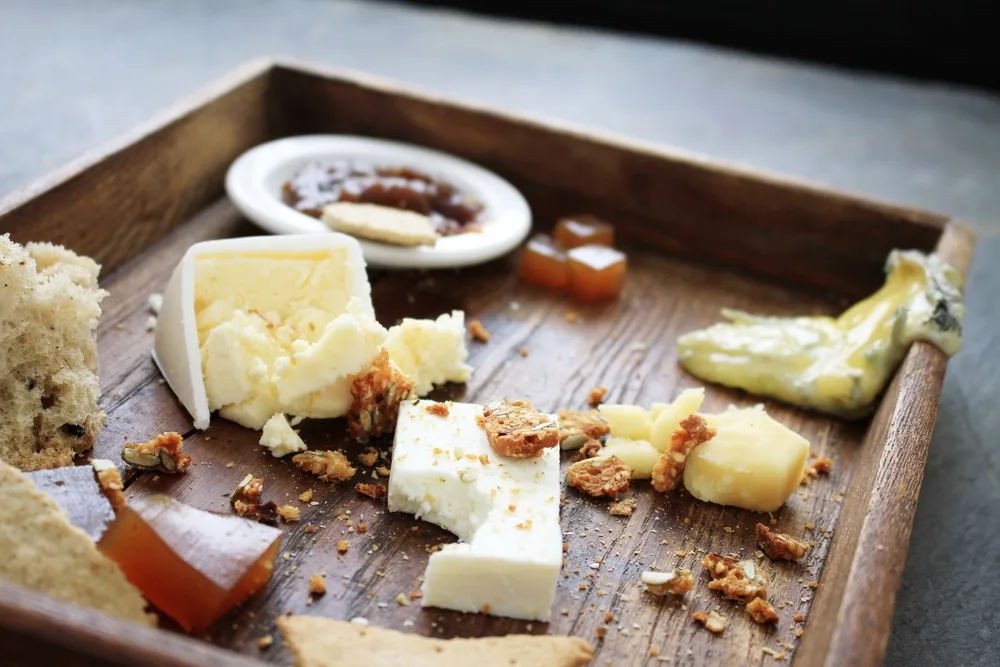
Like meat, the main concern with adding dairy products is that they will begin to stink as they rot down, attracting vermin to the pile.
Tossing in small quantities of milk, yogurt, ice cream, and cheese won’t cause too much trouble, but adding entire containers of sour or expired dairy will absolutely alter the look, feel, and aroma of the compost environment.
To dispose of dairy organically, and without causing a stench, try the bokashi composting method.
10. Latex Products

The composting community seems to be pretty split over whether it’s okay to add latex goods, like condoms and balloons, to the pile.
In theory, natural latex is completely biodegradable.
Latex is derived from flowering plants, as a milky liquid composed of starches, sugars, resins, and gums that coagulate when exposed to air.
Balloons and condoms pose a problem in the compost because they are not made from 100% latex rubber, and contain synthetic additives to give the final product tear resistance or stretchiness. Condoms could also contain other extras, like lubricants and spermicides.
One experiment showed that it can take several years for balloons to break down in the backyard. Even if you chop up your latex products before added them to the compost, you may inadvertently be contributing unnatural elements to your otherwise wholly organic compost.
11. Paraffin Wax
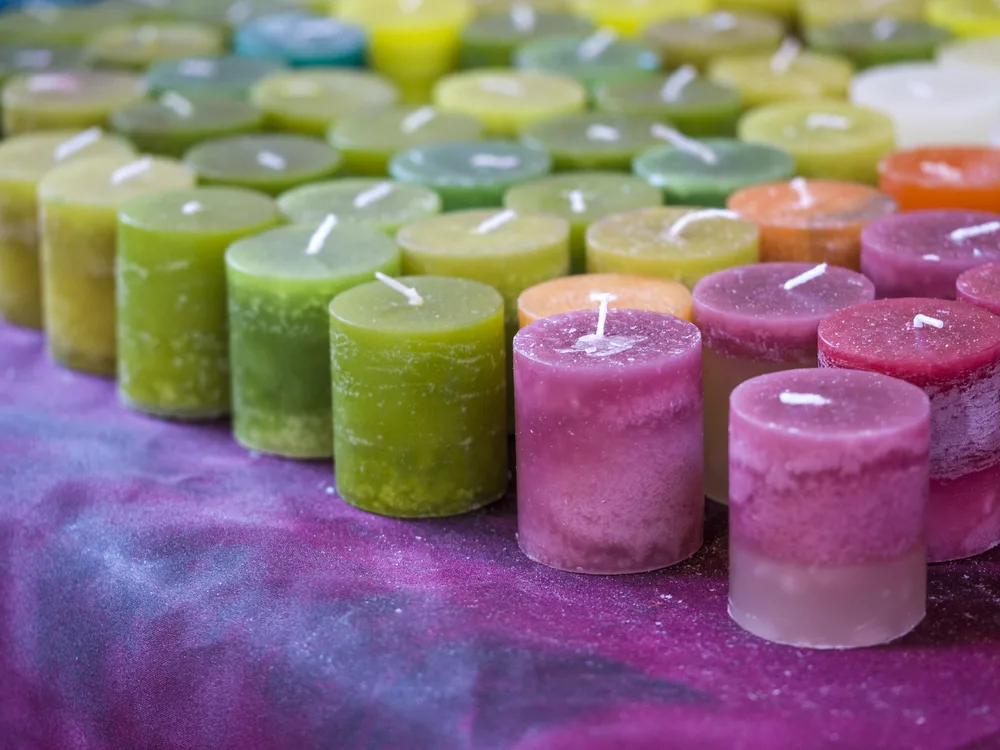
Animal and plant based waxes, such as beeswax and soybean wax, are fine to add to the home compost. Chop them up into small pieces as they can take a long time to completely break down in the pile.
Anything made with paraffin wax – candles, wax paper, cheese wax, and the like – should never be placed in the compost.
This is because paraffin wax is a by-product of fossil fuels. When petroleum, coal, or shale oil is refined, it produces a waxy substance. This wax is separated and distilled from the oil with the use of solvents.
You really don’t want to introduce petrochemicals to your heap, so always dispose of paraffin products in the trash.
12. Treated and Engineered Wood
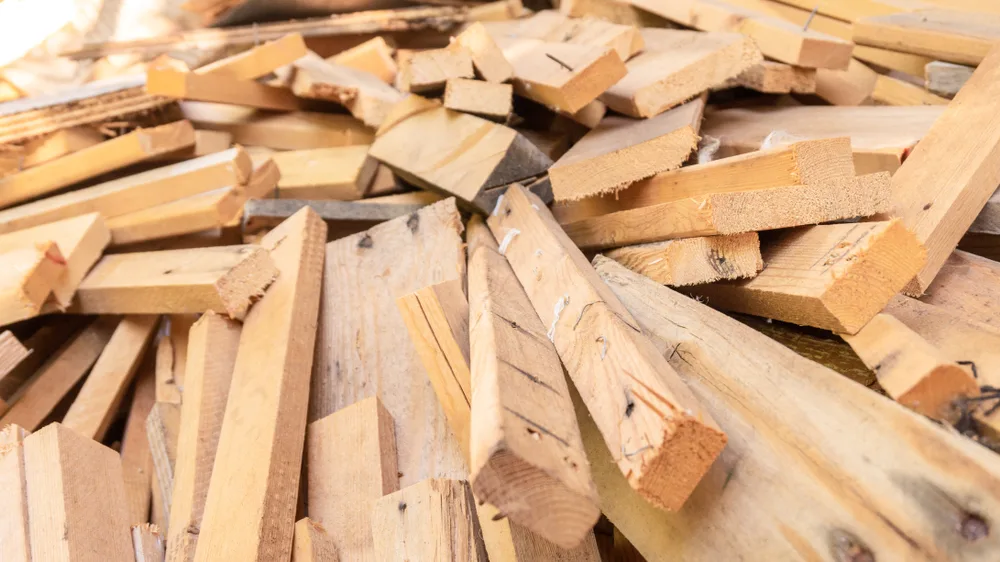
The sawdust, shavings, and chips from treated wood products should never be tossed in the pile.
Manufactured wood contains chemical preservatives or synthetic binding agents that will eventually contaminate your soil and food when compost is worked into the garden.
This includes pressure-treated lumber and engineered woods like plywood, hardboard, particle board, and medium density fiberboard.
Wood that has been varnished, stained, or painted should also never be added to compost.
13. Bioplastics
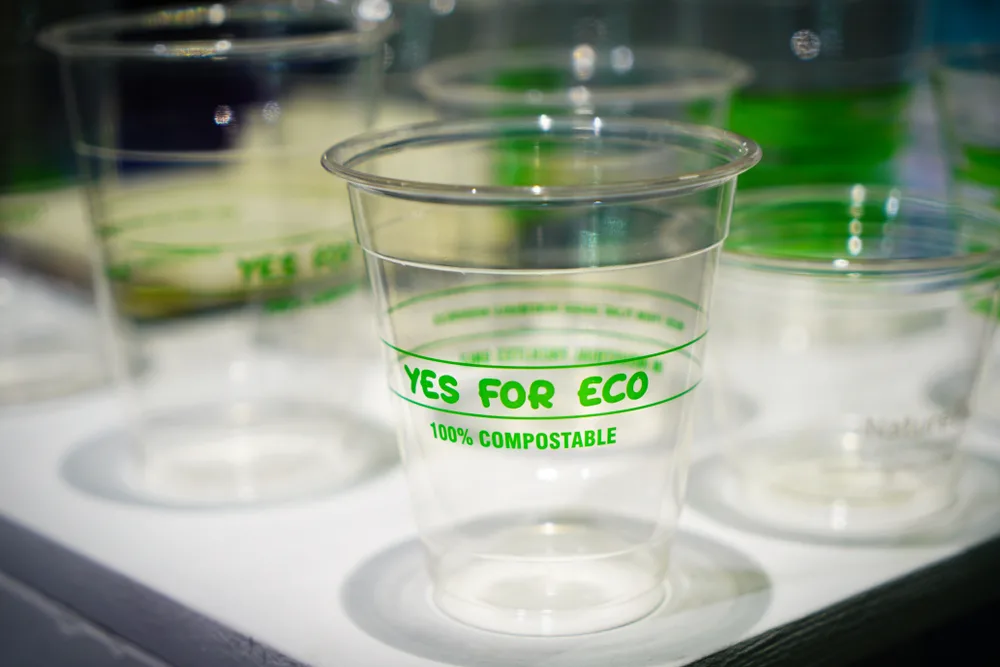
As an alternative to typical petrochemical plastics, bioplastics are processed from plant matter and other renewable biomass materials.
Over the last decade, bioplastics have become much more commonplace. They can take many forms: from thin and flexible bio bags, wrap, food packaging, and packing materials to rigid applications like cutlery, drinking straws, water bottles, and containers.
On paper, bioplastics should be compostable – they are processed from plants after all.
Unfortunately bioplastics will only degrade efficiently in industrial or municipal compost systems. These types of large-scale facilities are able to produce prolonged periods of high heat with a perfectly balanced environment for moisture and oxygen.
Bioplastics disposed of in the ocean, for example, will take decades to break down – not unlike conventional plastic!
Unless the bioplastic is specifically formulated for home composting, and labelled as such, keep it out of the heap.

Get the famous Rural Sprout newsletter delivered to your inbox.
Including Sunday musings from our editor, Tracey, as well as “What’s Up Wednesday” our roundup of what’s in season and new article updates and alerts.


